FAQs for First-Time Rafters
Rafting for the first time can be intimidating, with so many “unknowns”. But it’s also a wonderful opportunity to try something new and experience the magnificent outdoors from a different perspective.
Whether you’re going with a responsible outfitter on a commercial rafting trip or joining a friend on a private boat, we’re here to help. We’ve created this list of FAQs to help answer any questions you may have and ease your nerves about taking to the water for the first time. Yes, it might be nerve-wracking but it’s also incredibly exciting and always a worthwhile adventure.
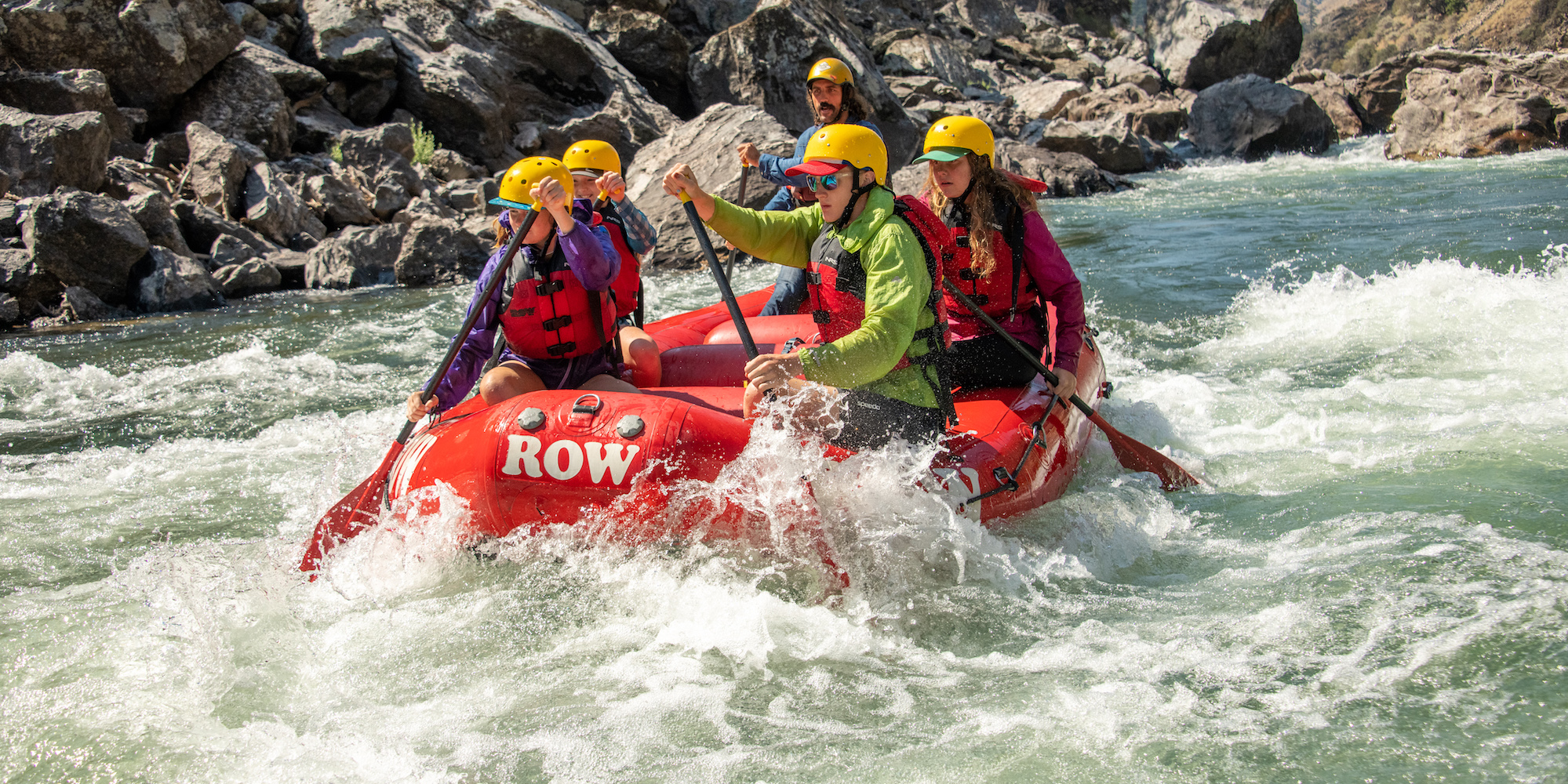
Do I need to be experienced on the water to go rafting?
No. First-time rafters are always welcome on our trips and you will be given a comprehensive safety briefing before you take to the water. Our guides will explain how to paddle and the various instructions they will give to you throughout the trip to ensure it’s a memorable adventure for all the right reasons.
That being said, each river is different and some are designed for experienced rafters only. When picking your trip, take into consideration not only your skill level but also what you feel comfortable doing. Check out this article to better understand whitewater classification levels, so you can select a trip with rapids that aren’t too daunting.
For first-timers, the best trips tend to be those that are on a relatively mellow river, with a few fun drops along the way. By starting out gently, you’re more likely to have the confidence to return and tackle something a little more challenging next time.
Do I need to know how to swim?
No, you don’t need to know how to swim to go rafting or have solid swimming skills. On all of our trips, you will be wearing a PFD (personal flotation device), which will provide you with extra flotation if you end up in the water. On gentle stretches of river, many people like to jump in the water and float down feet first, which is always a fun experience.
While you don’t need to know how to swim, you do need to be able to follow instructions and listen to your guide throughout the trip. There are inherent risks associated with any whitewater rafting trip and your guide is trained to avoid hitting underwater obstacles and keep you in the boat. But they need your help to do this and working effectively as a team is all part of the experience.
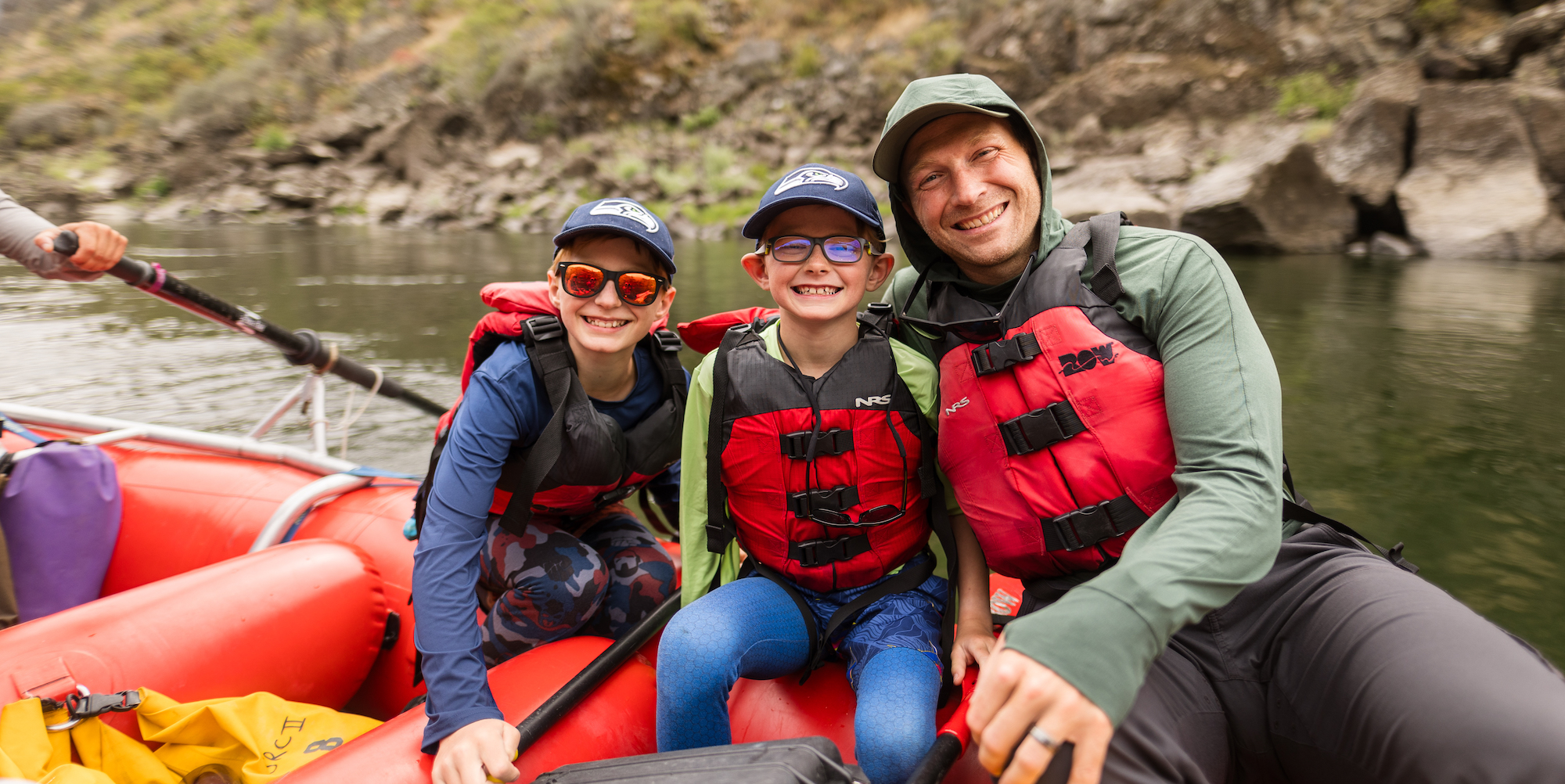
Is rafting kid-friendly?
Whitewater rafting is a great family activity. Age ranges vary depdning on the rafting trip and river, but there are rivers suitable for kids ages 5 and up. Some rivers are better suited to families than others, with the Salmon River and the Rogue River being two of the top destinations for those traveling with kids.
If it’s their first time, we recommend “testing the waters” on Class I, II, or III rapids, rather than launching straight into a rive with Class IV rapids. For an introductory experience, check out one of our one-day whitewater rafting adventures along the St. Joe River in Idaho or Clark Fork River in Montana.
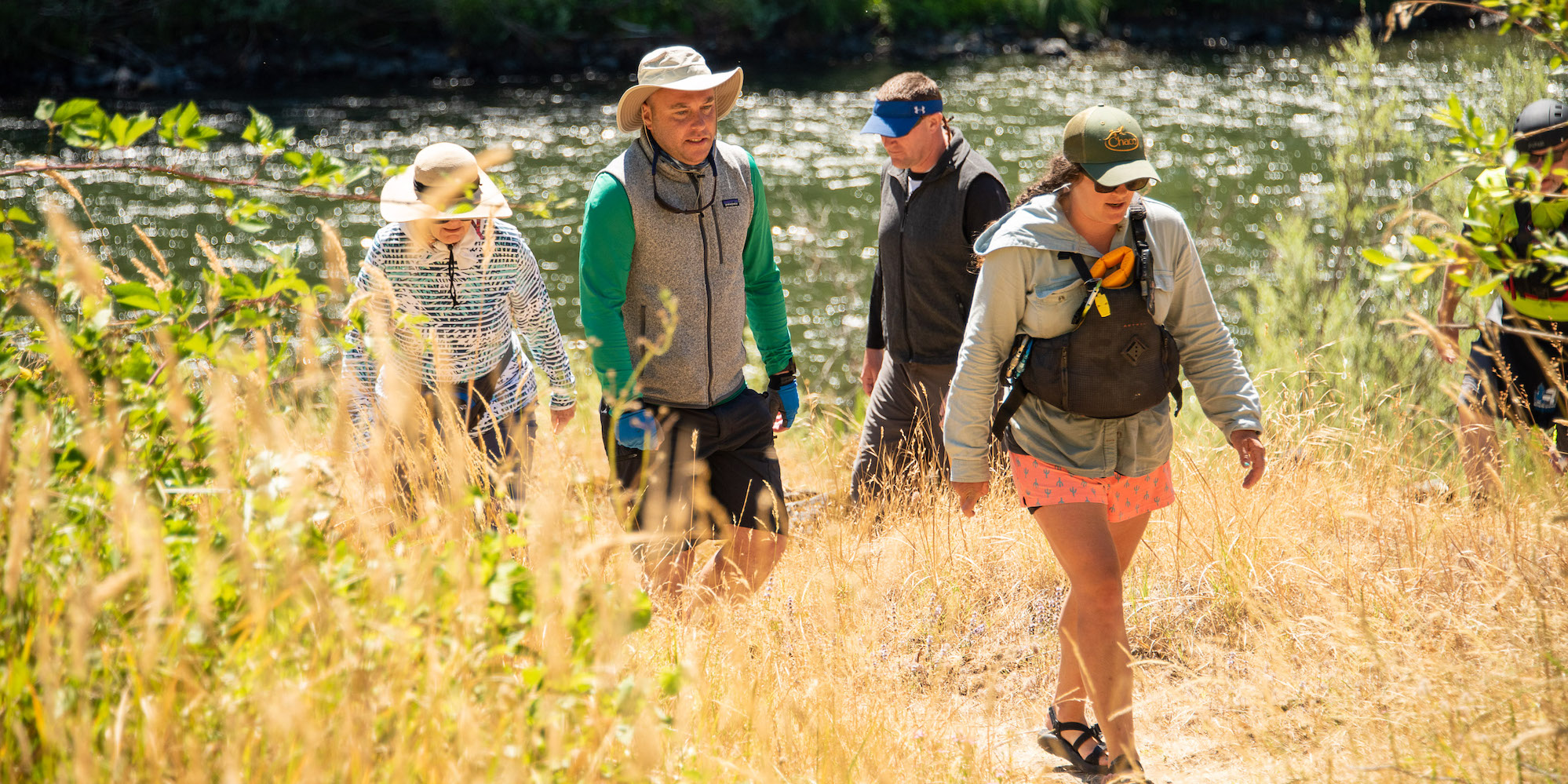
What should I wear while rafting?
Ideally, you want to wear clothing that is lightweight and quick drying, preferably with UV protection. Even if you don’t end up in the water, you are almost guaranteed to get wet!
At the height of summer, you’ll be fine with a long-sleeve shirt that protects you from the sun. But during early or late-season trips, a fleece or wool top will provide some extra warmth. If it’s particularly cold, then you may want to wear a wetsuit jacket or dry top.
On your feet, you can wear sandals or wetsuit booties with a good grip, which will help to protect your feet when entering and exiting the raft. You may also want to wear a pair of sunglasses with a retainer, ensuring they’ll end up around your neck (rather than in the water) if you hit a few bumps.
Also, don’t forget to bring a towel and a set of dry clothes to change into at the end of the day.
What should I bring with me?
You don’t want to bring anything with you on your rafting trip that you don’t want to lose. This includes expensive cameras and cell phones that could get lost to the whitewater or damaged in a (not-so-waterproof) waterproof bag or case.
When packing for your rafting trip, remember that space on the raft is limited, so you want to stick only to the essentials. Lather up with sunscreen before you leave the support vehicle and bring a water bottle that you can clip onto the raft’s D-rings so you don’t lose it in choppy water. We’ll provide you with a small dry bag for items that need to be accessed throughout the day. Check out our blog post here for tips on what to pack in your day dry bag.
For multi-day rafting trips, we provide guests with a recommended packing list to help them prepare. Again, avoid bringing anything that isn’t essential or that you won’t be upset about if it gets lost/damaged along the way.
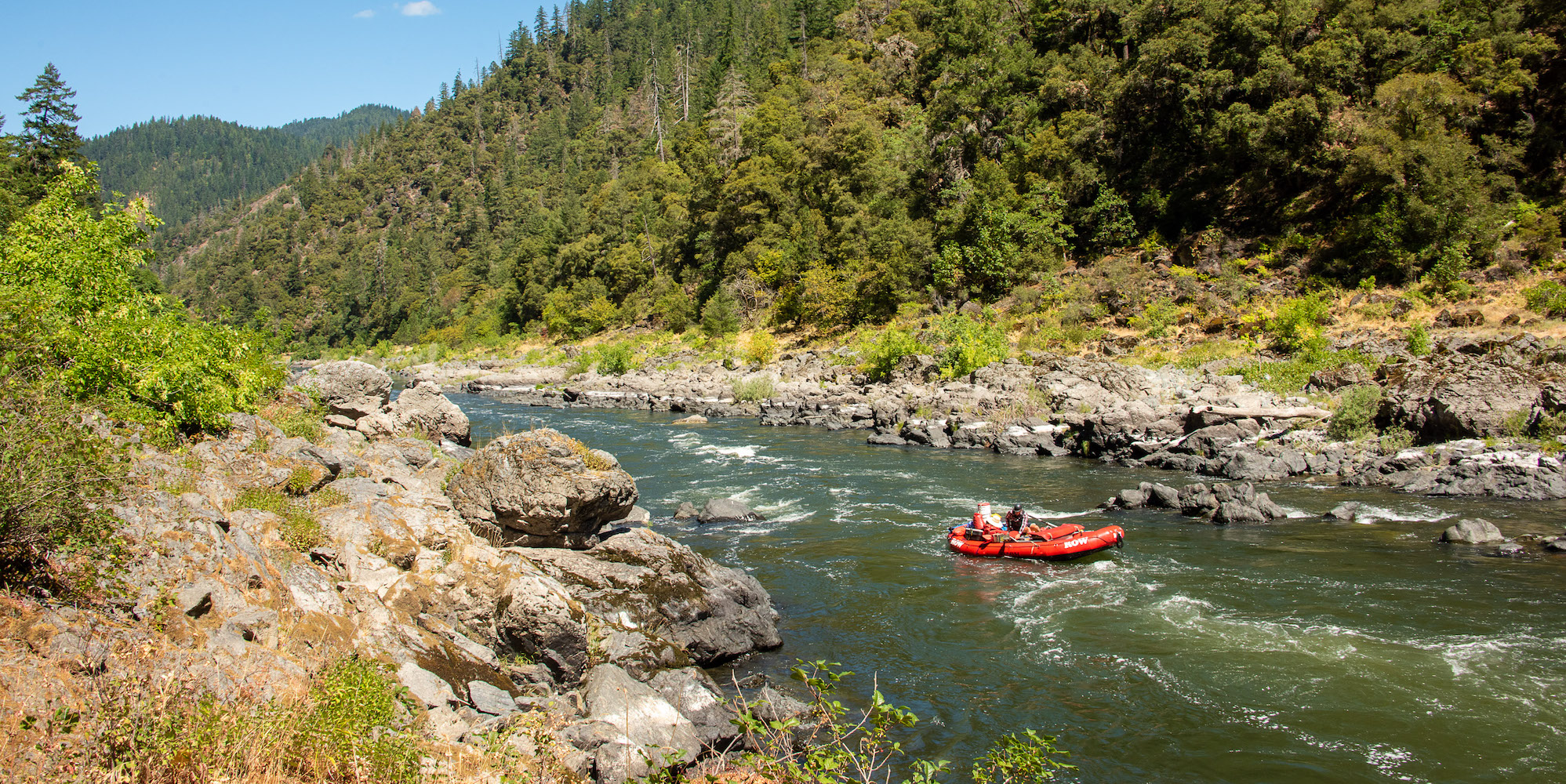
When is the best time to go rafting?
In the United States, the whitewater rafting season usually extends from May to September and coincides with the warm summer months. From late May to early June, many rivers experience high water conditions due to the spring runoff and this results in swift currents and big waves.
Medium water levels can usually be expected from late June to mid-August and this is a great time for beginners or families to take to the water. It’s also the peak season and you should book well in advance, particularly if you want to do a weekend trip. From late August to September, you can expect low water conditions, which can make some underwater river features more pronounced.
It’s also important to remember that some of the rivers we raft are controlled by dams, giving those in charge the ability to alter flow rates and change rafting conditions. All of our rafting trips on these rivers are designed to take advantage of the best flows, ensuring plenty of thrills and a comfortable experience for our guests.
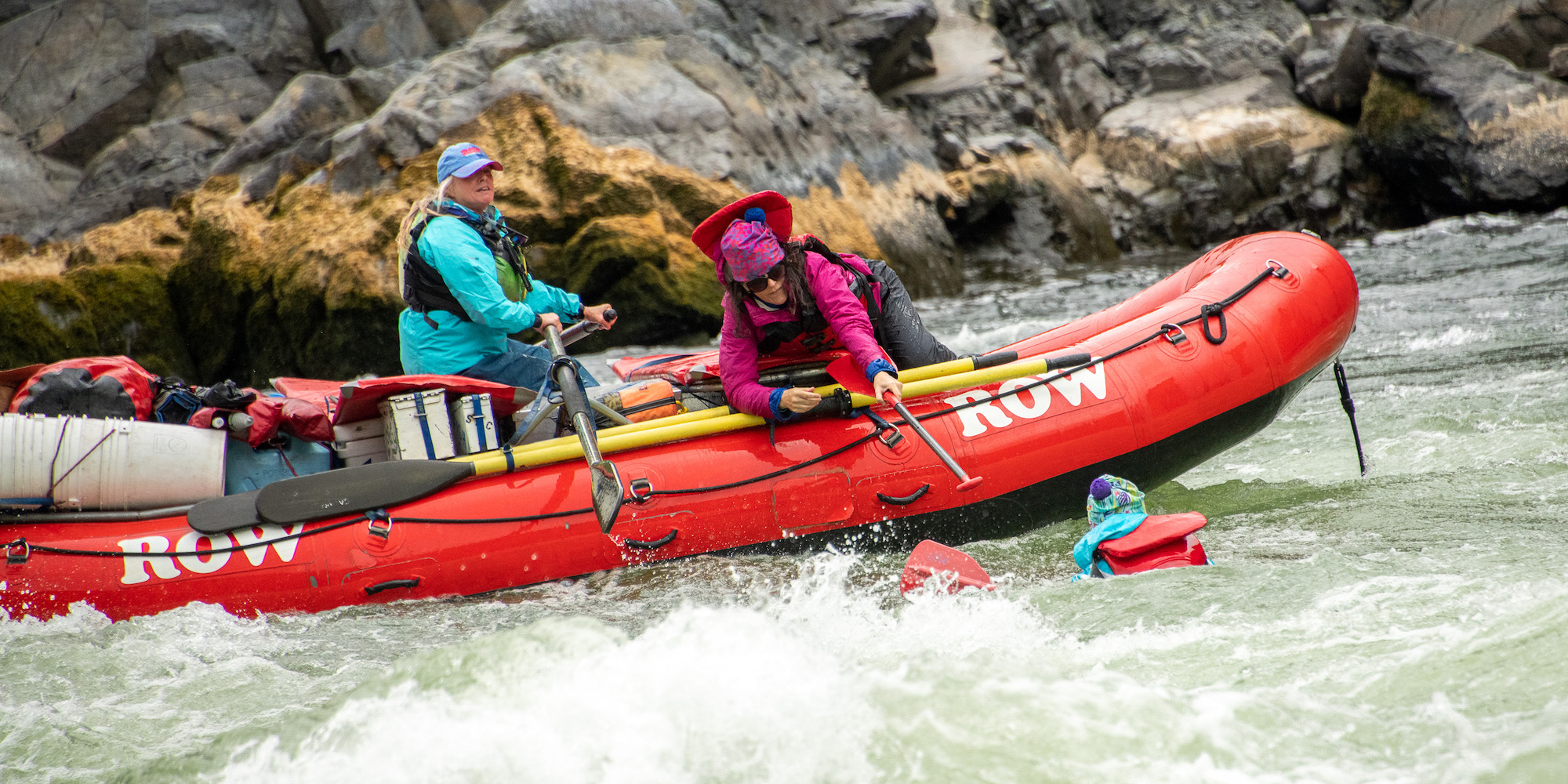
What happens if I fall into the river?
Falling into the river is part and parcel of a whitewater rafting trip and not something you should be worried about. That being said, all of our guides are highly experienced on the rivers we run and can usually prevent this from happening if guests request it.
But it’s important to remember that the nature of wild water means that there is a chance you could get thrown overboard, even with the best efforts to prevent it. For this reason, you must listen carefully to your guides’ instructions and wear adequate safety gear, which is mandatory on all ROW Adventures trips.
How is the difficulty of rivers classified?
The International River Grading System classifies stretches of rivers based on their difficulty. This is to help rafters understand the technical challenges involved and the skill level required. Rapids are divided into six categories that are referred to as a “Grade” or Class” and this reflects the most demanding rapid encountered along a stretch of river. It’s important to remember that river classifications can change with the level of water flow, which is why it’s a good idea to always raft with an experienced guide.
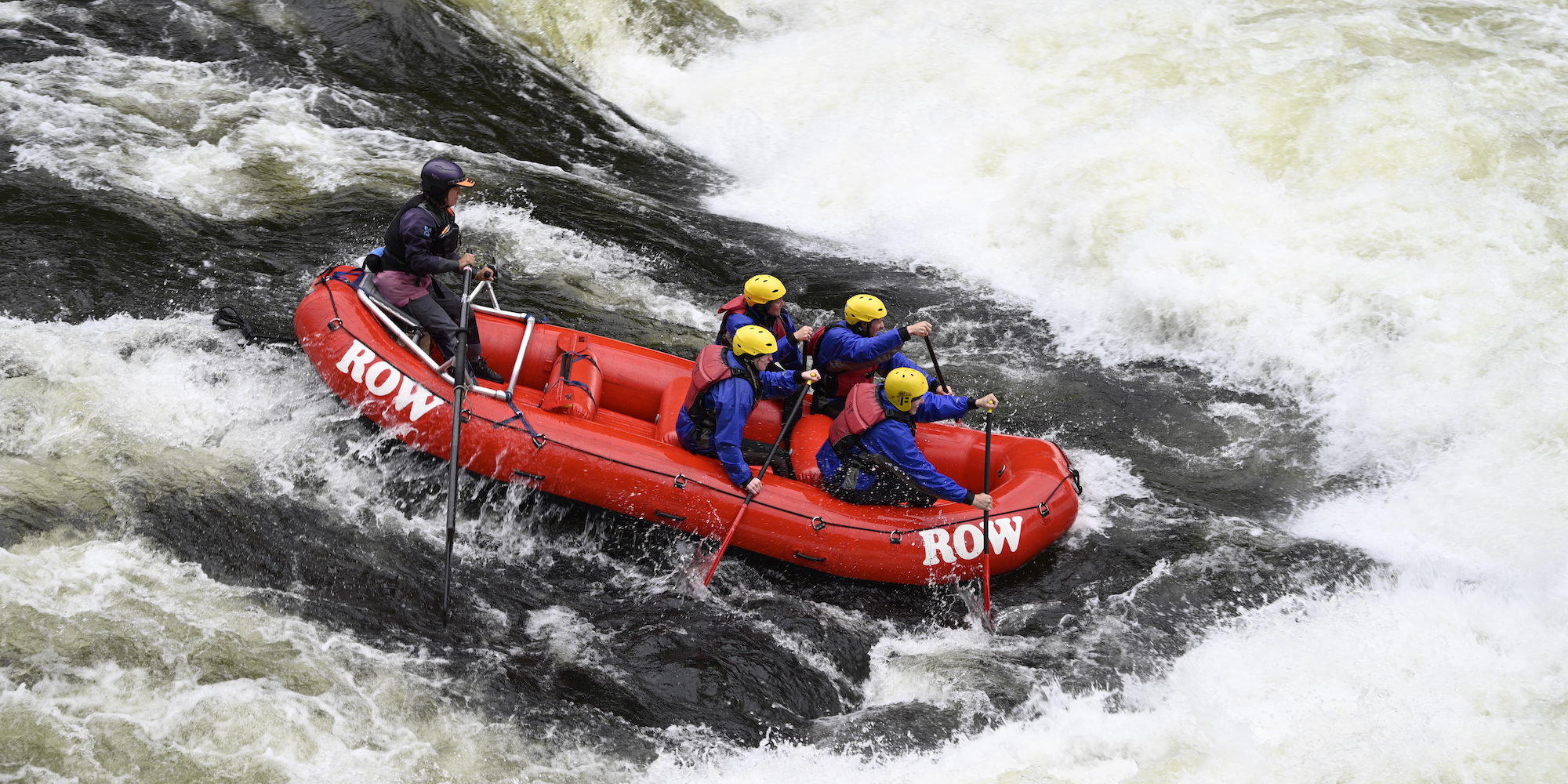
How do I know how challenging the river I will be rafting is?
You can get a rough idea of the challenges you may face on a river by looking at its Class or Grade. Class I rapids generally feature small waves and few obstacles, making this a leisurely option for soaking up the riverside scenery. When it comes to Class II rapids, you may encounter some rocks and medium-height waves that are easy to negotiate and you are unlikely to end up overturned.
With Class III rapids, you can expect narrower passages, stronger eddies, and powerful currents that may be challenging for inexperienced rafters. More turbulent water that requires careful maneuvering can be expected with Class IV rapids, with some large waves and underwater hazards that can’t be avoided.
Class V rapids usually involve large drops, congested chutes, and highly challenging rapids that will really get the adrenaline pumping. These rivers are only recommended for rafters with some experience under their belts.
When it comes to Class VI rapids, these are usually only attempted by highly experienced paddlers and aren’t tackled on outfitter rafting trips. On these rivers, the consequences of making an error can be severe, and performing rescues may be next to impossible.
How many people fit in a raft?
Our rafts are equipped to accommodate six to eight rafters, plus a guide who sits perched at the back. But most will typically have five to seven guests and we always strive to keep groups or family units together. That being said, you may be in a raft with “strangers”, although they won’t be strangers for long. Rafting is all about teamwork and making it down the river safely while also having a lot of fun together.
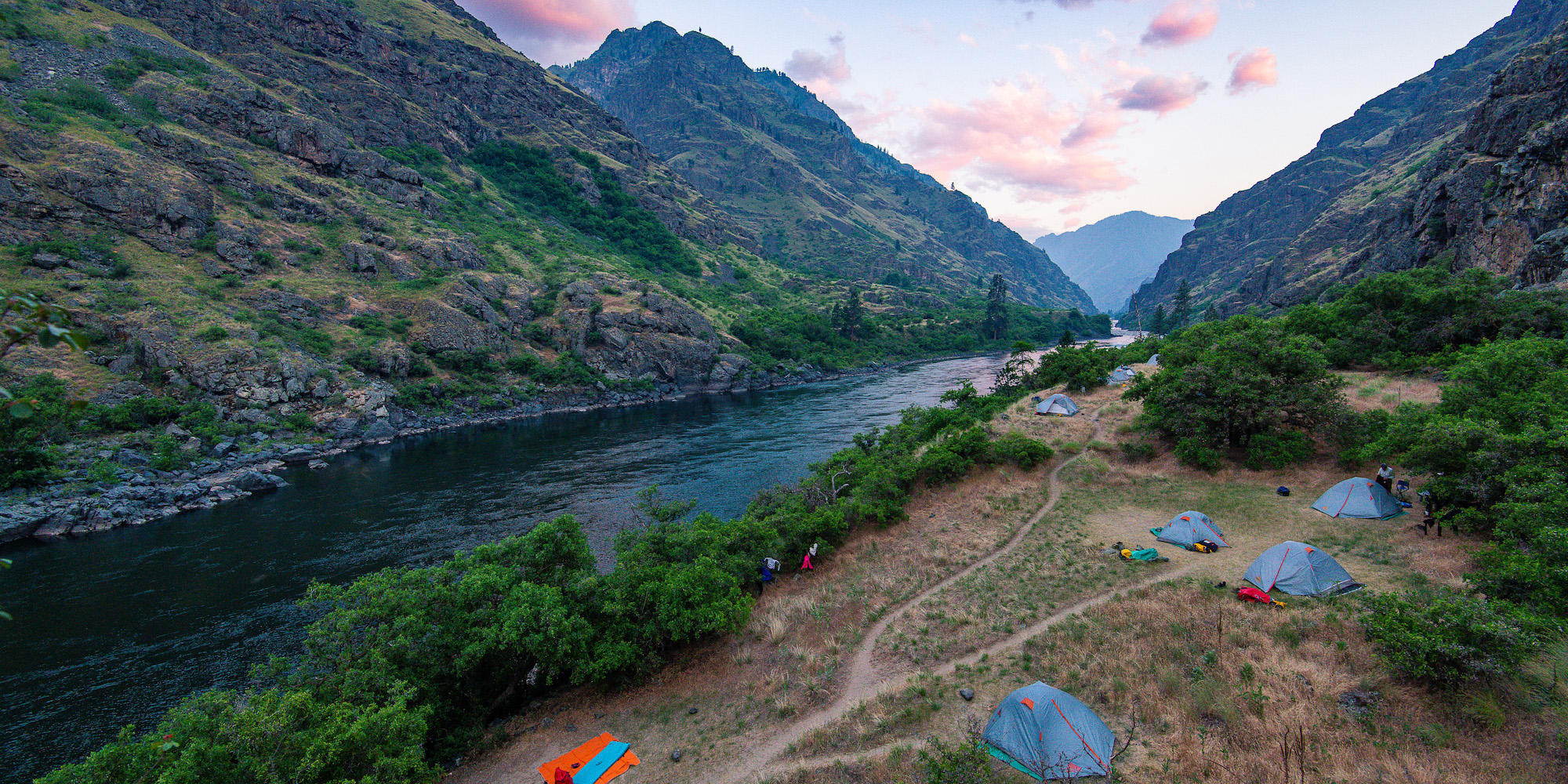
How do I choose which river to raft?
Choosing a river to raft is highly personal and should reflect the experience level of you and your companion(s). There’s no point choosing a Class IV river that gives you lots of thrills if your friend is petrified the whole time because it’s their first time with a paddle in hand.
When browsing rafting trips, carefully read through the itinerary so you know what to expect and what conditions are generally like at that time of year. Remember, some rivers seasonally fluctuate due to spring run-off while others have their water flow controlled by dams.
If you’re not sure which river to raft, the ROW Adventures blog offers a wealth of information. You can check out our article about the best multi-day rafting trips for beginners or the top rapids in the Pacific Northwest, as well as some bucket-list adventures to be had on the water.
The most important thing to remember as a first-time rafter is not to be overwhelmed by the “unknown” and embrace the adventure you are about to embark on. Our guides are highly experienced at running rivers and are here to look after you while also ensuring you have a lot of fun along the way. Provided you listen to their instructions and take to the water with a positive frame of mind, whitewater rafting is sure to be an experience you will want to have again and again.



